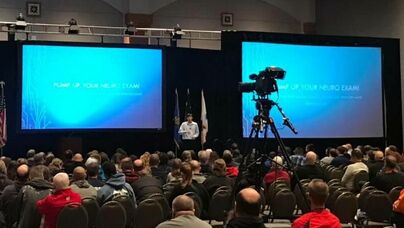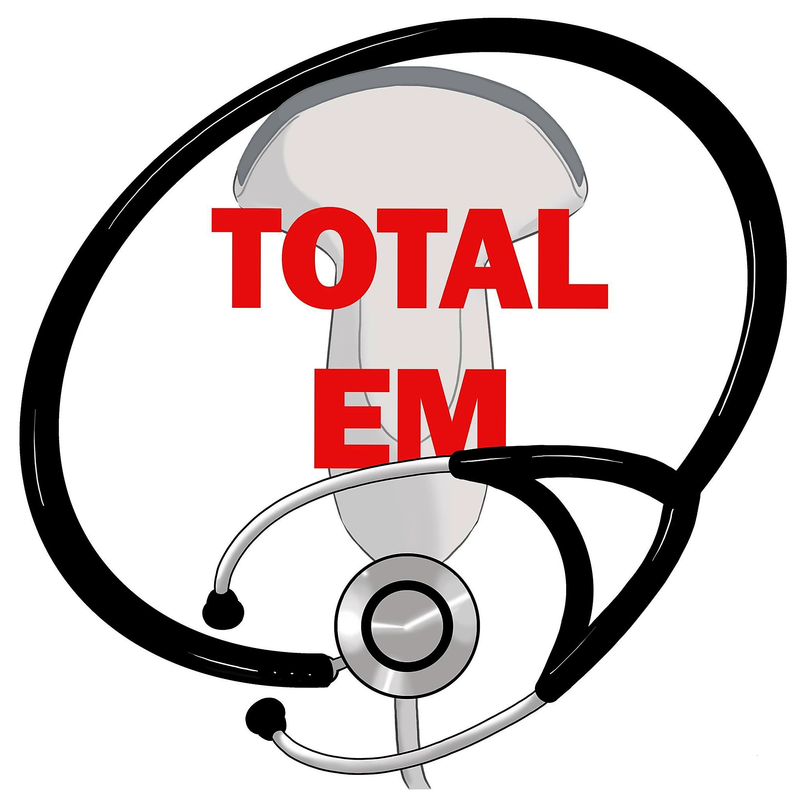|
A while back, Podcast #70, we talked about how to perform a neurological exam. We also spoke on FOAMfrat. Since that time, at WEMSA we built on the subject and discussed the exam as well as its caveats. At that time, there was not a name. Now, we have the Brief Repeatable Assessment In Neurology (BRAIN) exam.
In the last podcast on this subject, we went through the steps for assessment. First, why use this exam compared to others? Current rapid tools like the Cincinnati Stroke Scale may be good for detecting large vessel occlusions but miss other strokes particularly cerebellar strokes. Even more detailed exams like the National Institute of Health Stroke Scale (NIHSS) can miss cerebellar strokes but they take a significant amount of time to perform as well as needing materials to present the patient such as the pictures.
The BRAIN exam is designed to take approximately two minutes in a patient with all negative findings. It can be done without special equipment and is sensitive to catch a wide variety of clinically important types of neurological emergencies such as large vessel occlusions, cerebellar strokes, and clinically important traumatic brain injuries (TBI). No special equipment is required and it can be done in a variety of settings. Like any exam, there are limitations. In pediatric patients, the exam has to be modified for what they patient understands and can physically perform. Ask family, friends, or anyone else that knows the patient well if the patient is acting their usual self and if not what is different. Additionally, it is important to know the basics such as what the patient should be able to do at this age. Similarly, older patients run into physical limitations. Patients not be able to ambulate without assistance or have baseline cognitive decline. Again, we should ask those familiar with the patient what that baseline is and how they are acting differently. Finally, those who are injured may not be able to complete all tasks in the exam. For example, a patient with a lower extremity fracture will not be able to ambulate or perform other weight-bearing activity. A patient with a significant injury to the shoulder may not be able to perform the finger-nose-finger or pronator drift portion. With any of these special populations or anyone else where we may have baseline limitations or deficits it is important to both acknowledge these and notify others taking care of the patient such as in the documentation. This exam has not yet been validated, but that is something actively being worked on. Given, it takes many of the classic principles and parts of examination that we should do at any rate. However, having an exam that is sensitive to indicate when we need to be more concerned and evaluate the patient further is key. There is always a difficulty in balancing sensitivity versus specificity. At WEMSA, there was a significant amount of interest in incorporating this exam and hopefully through upcoming research we can see just how good the BRAIN exam is compared to others in place. A big thank you to Ryan Bolger who created a reference card and was willing to share this with others wanting to learn how to perform this exam. It is abbreviated and we encourage you to make your own versions. If you want to share them please contact us directly. Let us know what you think by giving us feedback here in the comments section or contacting us on Twitter or Facebook. Remember to look us up on Libsyn and on iTunes. If you have any questions you can also comment below, email at [email protected], or send a message from the page. We hope to talk to everyone again soon. Until then, continue to provide total care everywhere.
0 Comments
Leave a Reply. |
Libsyn and iTunesWe are now on Libsyn and iTunes for your listening pleasure! Archives
August 2022
Categories |
||||||||||||||||||


 RSS Feed
RSS Feed